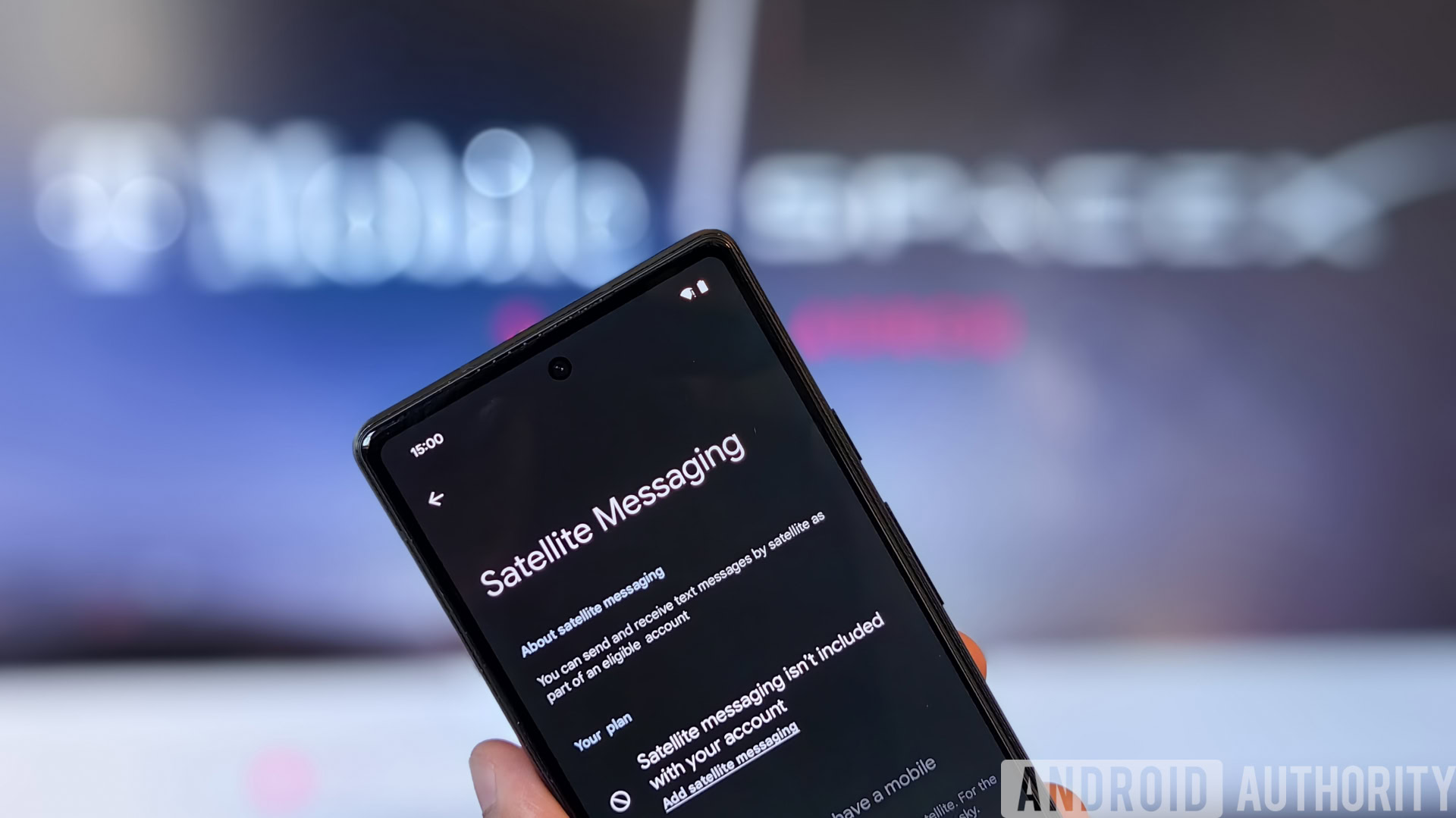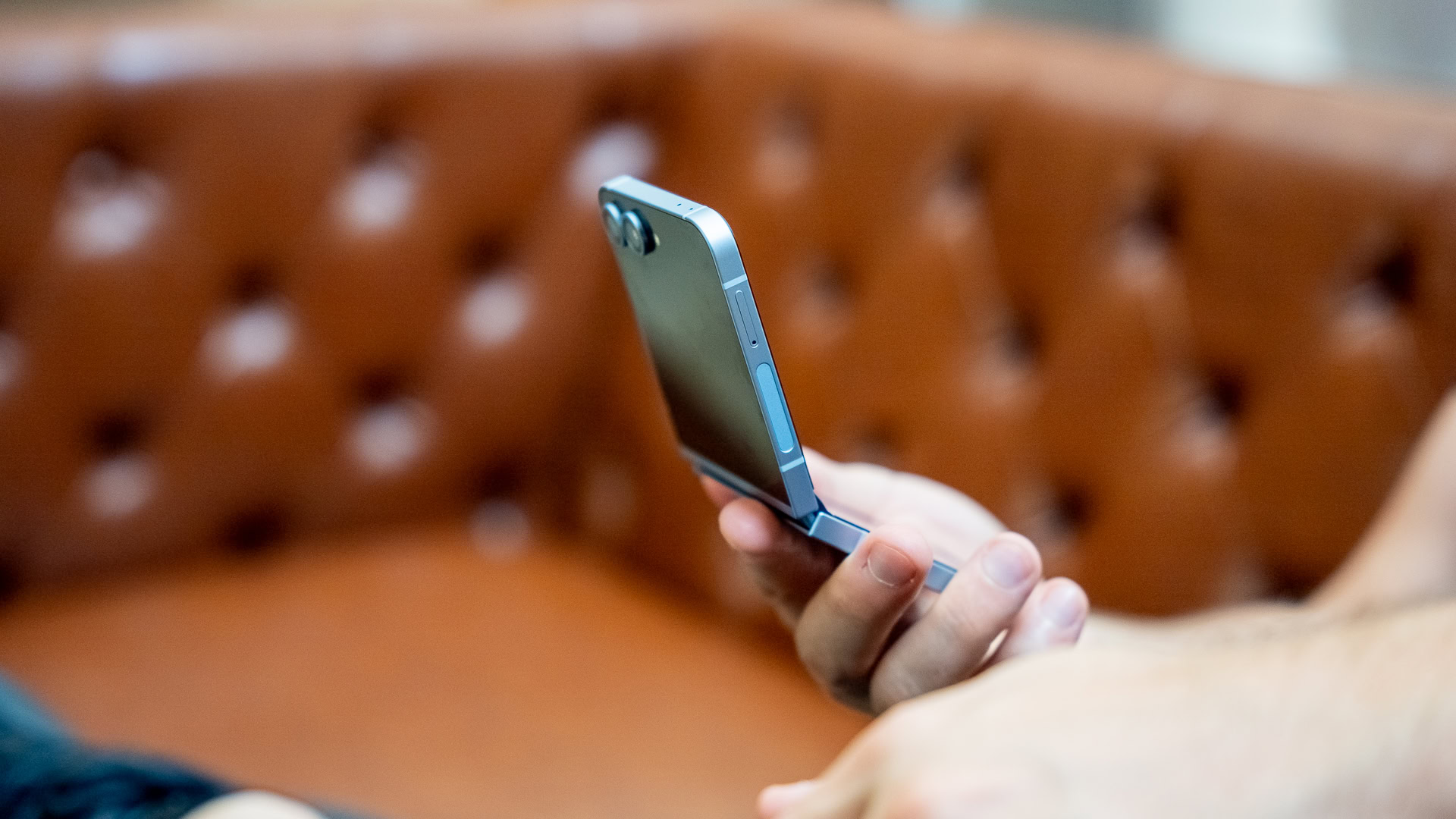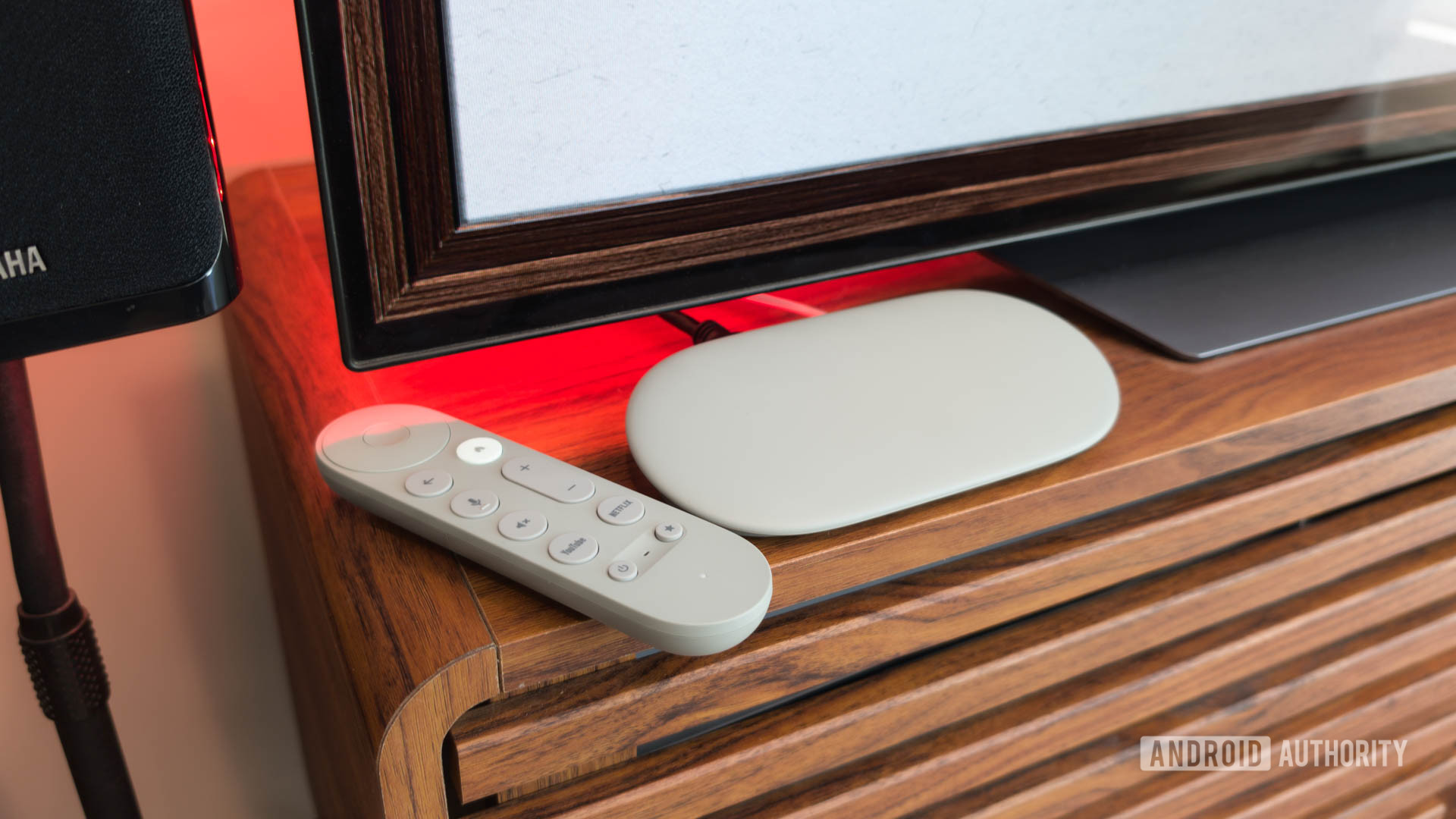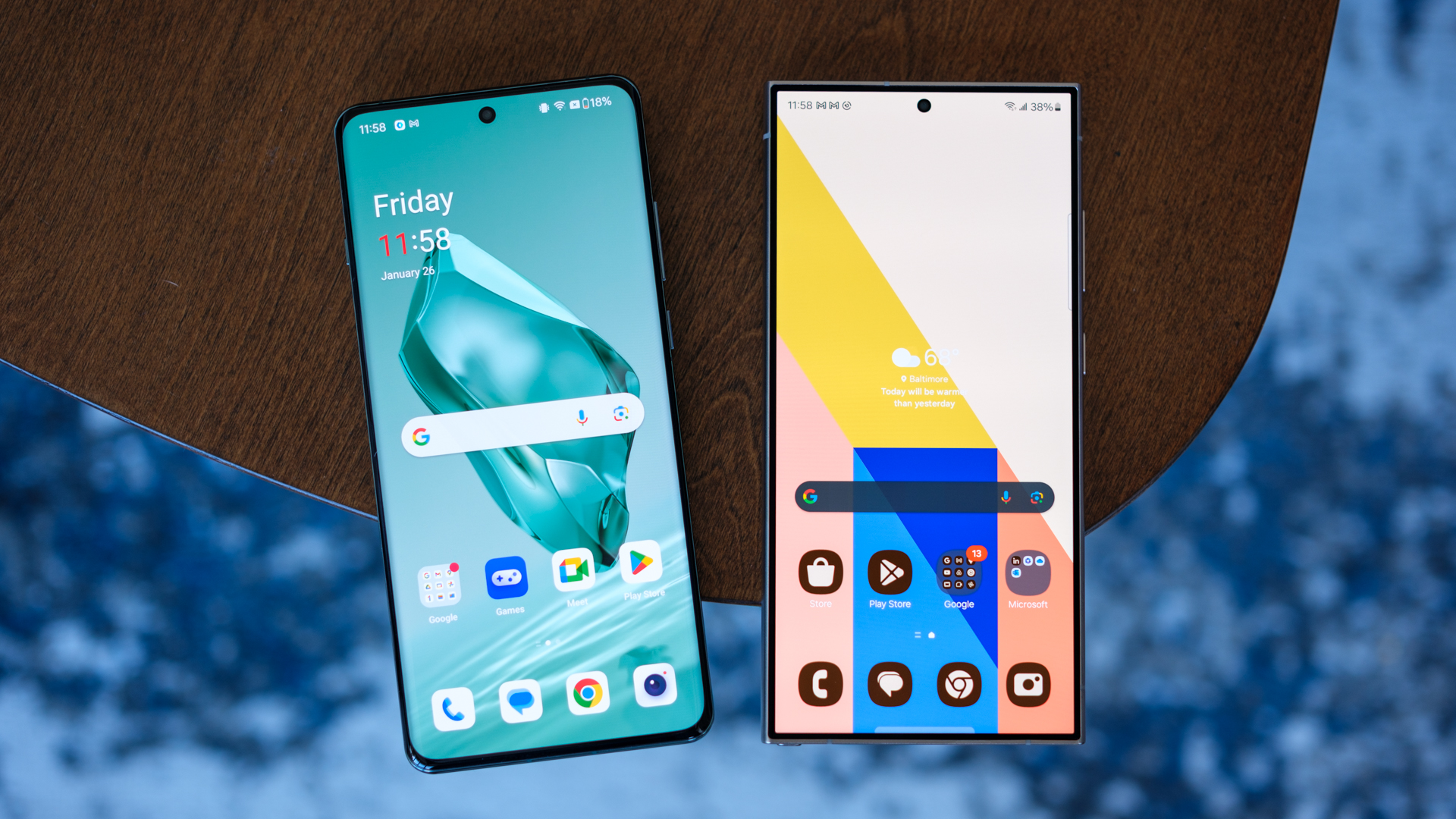
Mishaal Rahman / Android Authority
TL;DR
- With the launch of Android 15 earlier this week, Google officially brought satellite messaging support to the operating system.
- However, the feature is not active, and there are still many questions about how it will eventually work.
- Google has given Android Authority a few statements that shed a bit more light on the situation — but we still lack full clarity.
Earlier this week, Google launched the stable Android 15 update for Pixel smartphones. In its press release, which was distributed to the media before the launch, it had a single sentence about what is probably the most significant addition to the operating system: satellite messaging support. That single sentence is here:
Carrier messaging apps can use satellite connectivity to send and receive messages without a mobile or Wi-Fi connection.
Unfortunately, despite what this press release says, satellite messaging is not currently available on Android 15. In fact, searching for “satellite” in Android’s settings on a Pixel 9 Pro only brings up emergency satellite messaging, which is a different feature that is a Pixel 9 exclusive and originally landed with Android 14.
This begs the question: what is actually going on with satellite messaging on Android 15? We reached out to Google for some answers and now have some explanations that make things a bit clearer than they were previously. However, true clarity still eludes us. But for now, let’s get into what we do know.
Satellite messaging in Android 15: Which phones, which carriers?
As a quick primer, satellite messaging in Android 15 allows users to send text messages when terrestrial networks — Wi-Fi and cell towers — are unavailable. The function is similar to Pixel’s Satellite SOS feature and the iPhone’s Emergency SOS feature, but instead of being locked to messaging only emergency services, you can message anyone. This would allow you to, for example, send a text message to your mom to let her know you made it safely to an off-the-grid cabin in the woods. You would only need a clear view of the sky to send that message.
The first question we had for Google was whether or not this would work on any phone with Android 15 or if it would be software-locked to certain devices. Assuming the phone has the proper hardware, Google says that all phones with Android 15 will have the capability to use satellite messaging. However, it did add that carriers offering a satellite messaging service might decide to limit service to specific phones. It seems that this is something Google can’t — or won’t — control.
Google confirmed that any Android 15 phone with the proper hardware can use satellite messaging. But carriers will need to allow it first.
Carriers’ influence over satellite messaging was expected. Even before Google officially announced this feature, rumors pointed to its development, and we knew that it wouldn’t be free. Using texts to message emergency services is currently free on iPhones and Pixels because it will not be often that folks will need to do that. But it would be exorbitantly expensive to have a “where is this relationship going” conversation with your girlfriend using satellites, so there’s just no way that would be free. You’re going to need to pay your carrier for that privilege, which is probably the biggest reason we don’t see satellite messaging active yet in Android 15 — carriers are still working out how to charge for it.
Rumors abound that T-Mobile — in partnership with Starlink — would be the first carrier to have a satellite messaging plan for Android phones. However, complete information on that supposed plan hasn’t been rolled out, and we’ve heard very little about Verizon and AT&T’s intentions in this realm. But from Google’s statement to us, it appears Google is leaving it up to carriers to do whatever it is they would like to do — even if that means blocking certain phones.
To add a bit more clarity here, we also asked if satellite messaging would only work with T-Mobile. Google said that it is working with multiple carriers not just in the US but around the world. As usual, for a timeframe, Google’s response was “soon.”
What app will you need for satellite messaging on Android 15?
Google’s press release sentence mentions “carrier messaging apps.” This led us to believe that we could see specific apps from carriers that users would need to utilize satellite messaging. This would be strange since every major US carrier — and even Samsung, unexpectedly — has moved to adopt Google Messages as the default messaging app on Android phones, abandoning attempts at carrier-branded messaging apps. Verizon, for example, recently did away with its Message Plus app to go all-in on Google’s Messages. Why would it do this if it would then push a new app just for satellite messaging?
Google told us that the reality would be much more straightforward than it would seem. It told us that no special settings would be necessary to enable satellite messaging on Android 15. All that will need to happen is that carriers will need to “switch on” the service, and then users will have access to it. Theoretically, this could work right in Messages. In fact, we have already seen plenty of evidence that Google has been working behind the scenes to enable this in Messages, even going so far as to include instructions on how to position your phone to best communicate with the satellites and how you can message with “anyone.”
In other words, you shouldn’t expect to need a new messaging app for satellite connectivity. It is very likely everything will work in Messages, at least here in the US.
Google has made it clear: The ball is in carriers’ courts now
The basic gist of all this information is that Google has done all it can. Android 15 supports satellite messaging, and the company has been working on incorporating user-facing solutions for this within the Messages app. All that’s left now is for carriers to offer plans that allow users to message anyone, anywhere, regardless of terrestrial connectivity.
The question now is when that could possibly happen. As mentioned earlier, T-Mobile was the carrier furthest along in this development, but it hasn’t made any official announcement. At this point, it’s anyone’s guess as to when people can use one of Android 15’s star features — and anyone’s guess as to how much that could cost. Will you need to pay for each message? Will you pay for both the outgoing and incoming messages? Will you be charged more for group messages? Will there be a subscription plan that gets you unlimited messages? All these questions are in carriers’ hands now.
The bottom line, though, is that it will be quite a while before you’ll be texting your mom from that off-the-grid cabin, so make other arrangements until then. Might we suggest the Garmin inReach Mini 2?
Got a tip? Talk to us! Email our staff at [email protected]. You can stay anonymous or get credit for the info, it's your choice.








 English (US) ·
English (US) ·